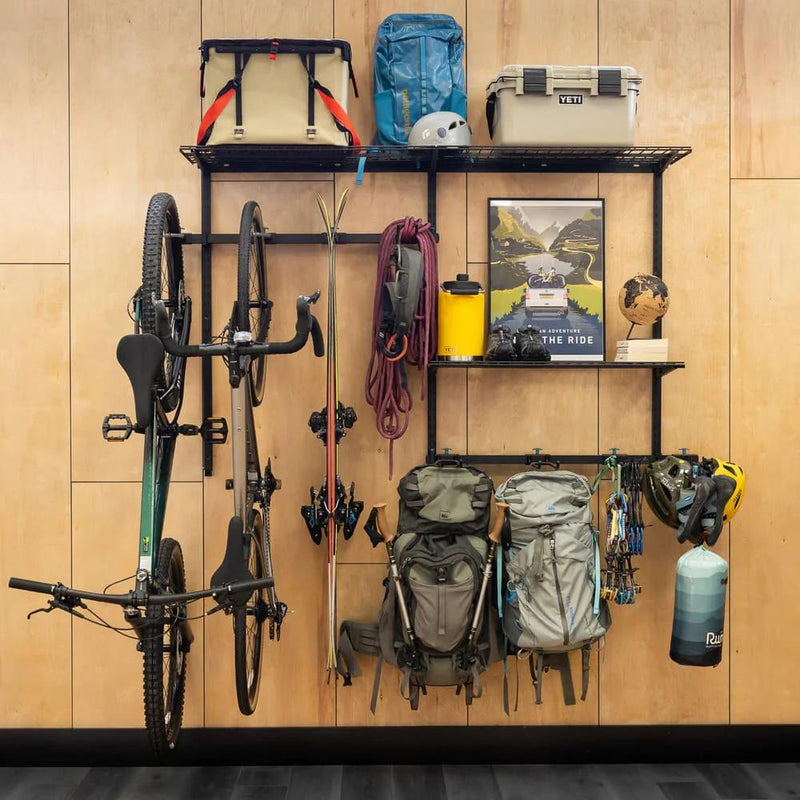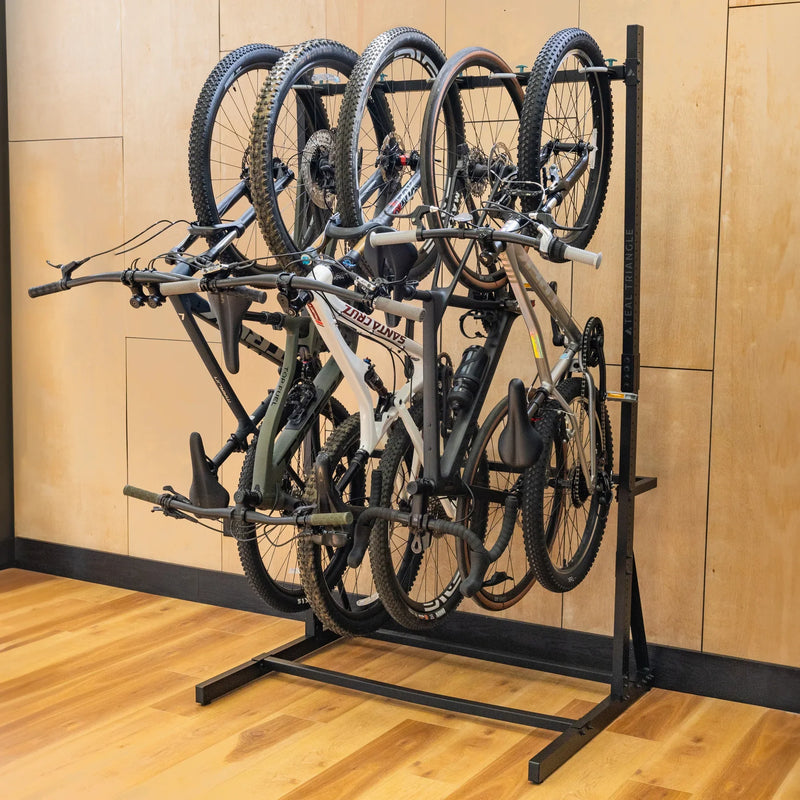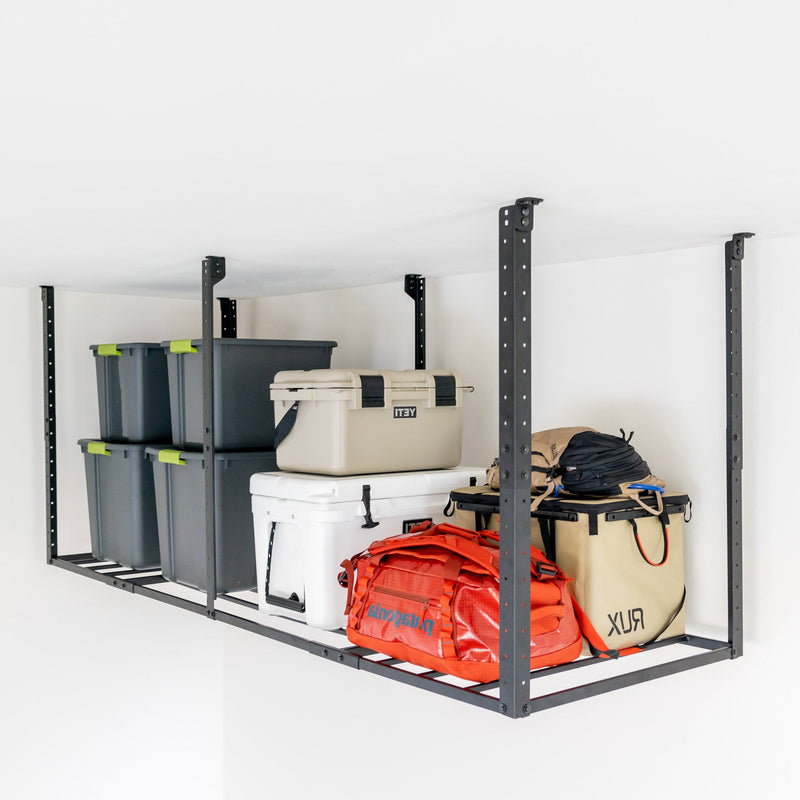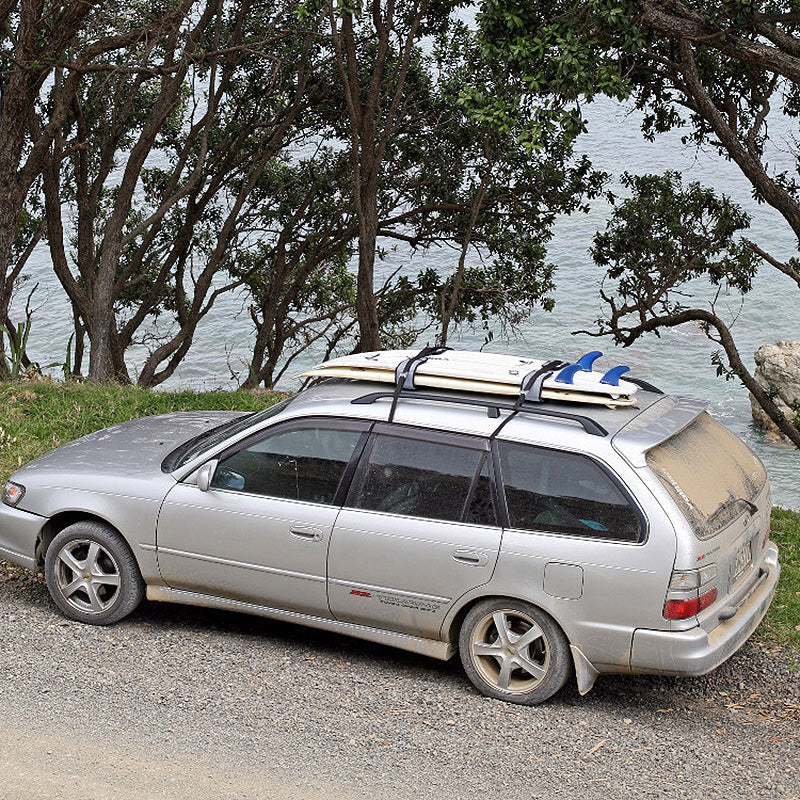Legacy Articles
The X Games and Skateboarding
The X Games are an event much like the Olympics, but held annually and focusing on extreme sports. Broadcast by ESPN, the Winter X Games occur in January, and the...
The History of Dogtown and the Z-Boys
The history of skateboarding, as is well known, began in California. Thanks to the movie “Lords of Dogtown,” many have heard of the 1970s history of skateboarding in California. Dogtown,...
Buying Cheap Skateboard Ramps | StoreYourBoard.com
If you are a skateboarder who enjoys skateboarding on ramps, you essentially have three choices. Use the skateboarding ramps at a local skate park, build your own from scratch, or...
Skateboarding Video Games | StoreYourBoard.com
If you are a skateboarder, then you may be interested in playing skateboarding video games when the weather is too bad for you to skateboard outside, or it’s already dark...
Kids and Skateboarding | StoreYourBoard.com
Skateboarding is a popular sport, particularly with the younger crowd. Many of today’s most famous professional skateboarders turned pro when they were just teens, and some started skateboarding when they...
How Far will Skateboards go to get a World Record
Because skateboarding is a relatively new sport, the range of possible tricks is still expanding each and every year. With large competitions like the X Games, there’s a good chance...
An Introduction to the Sport of Street Luging
Street luging is a sport related to skateboarding which requires a streetluge board, also known as a sled. This wheeled sled is ridden down a set course or paved road....
How to Fall Correctly on a Skateboard
If you are learning to skateboard, you may think that learning how to stay on the skateboard and perform tricks is the cool part, but learning how to fall correctly...
Getting a Skate Park Built in Your Community
Too many skaters don’t have a nice area to practice their skating. Skate parks have bowls, ramps, rails, and other features designed specifically for skating that usually can’t be found...
Skateboarding Films
If you love to skateboard, check out skateboarding films! These shows range from history and culture to how-to or demonstration reels. There’s something for everyone, from those who have never...
Using a Skateboard Park
If you love to skateboard, chances are good that you visit skateboard parks whenever you can. These parks offer skating opportunities that you simply can’t find anywhere else. Still, this...
Skateboarding Legend Tony Hawk
The world of skateboarding just wouldn’t be the same without legendary skateboarder Tony Hawk. An inspiration for many new skaters, he has taken the sport to new limits, setting dozens...








